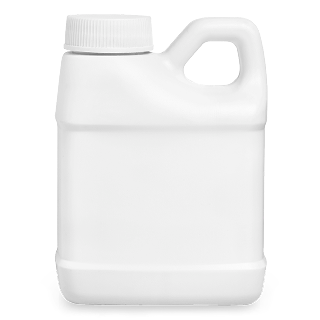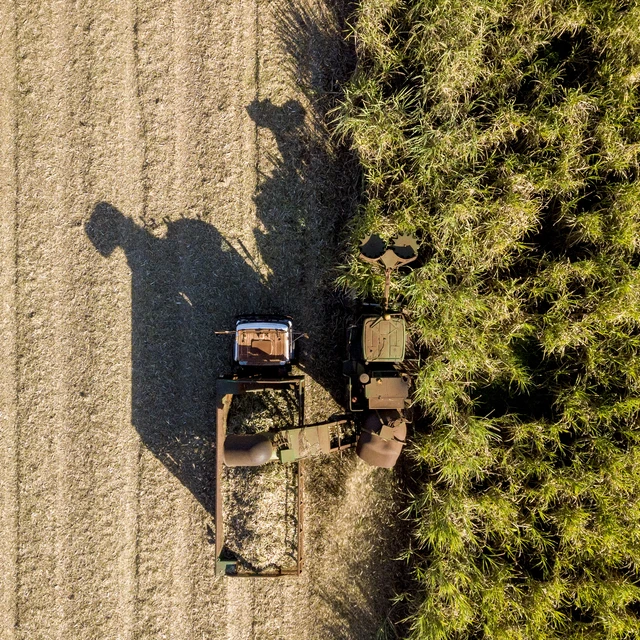
Achieve your lowest cost of production for biomass conversion
Cutting-edge enzymatic technology
Our blend of enzymes enable you to achieve the right match for your substrates and process conditions, with the lowest cost of production for your biomass conversion.
Improve your cellulosic ethanol production efficiency
The process of freeing cellulose and hemicellulose from lignocellulosic biomass is intensive. That can increase your cost of production. Every optimization to pretreatment, hydrolysis and downstream processes improves your plant's efficiency.
Our Cellic® range is built on insights gained through 20-plus-years of partnership with the cellulosic industry. By helping you optimize your process, Cellic® blends bring you closer to your lowest total cost of production.
Leading experts to support your journey
With over 10,000 people worldwide to lend expertise across 30 different industries, including biomass, it is no wonder the world’s leading commercial-scale biomass conversion plants use our enzymes. With production facilities' across multiple continents worldwide, we know that we can deliver the supply chain continuity to successfully support your plant's needs.
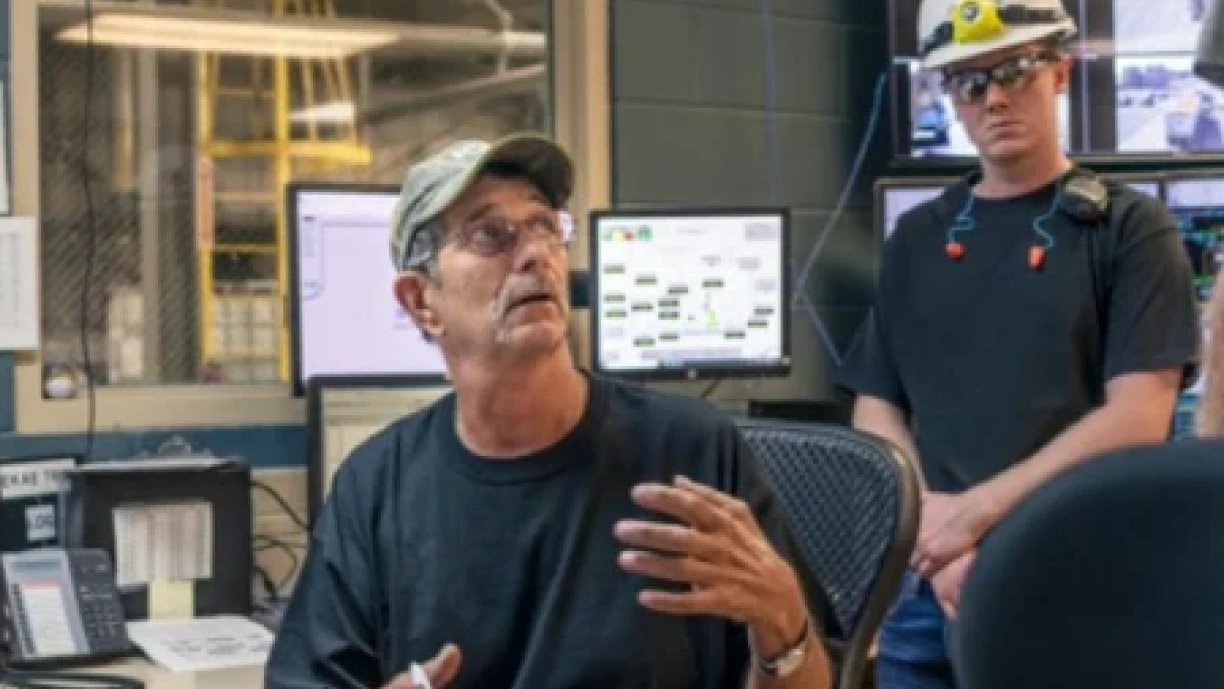
Agricultural residues including wheat straw, rice straw, bagasse, corn stover and cobs are all sources of lignocellulosic biomass. Other examples include soft wood and hard wood forestry residues and municipal waste. Lignocellulose can also come from energy crops including miscanthus and bamboo. Whatever your cellulosic feedstock, our proven, cost-effective Cellic® enzyme blends can efficiently hydrolyze it into simple sugars.
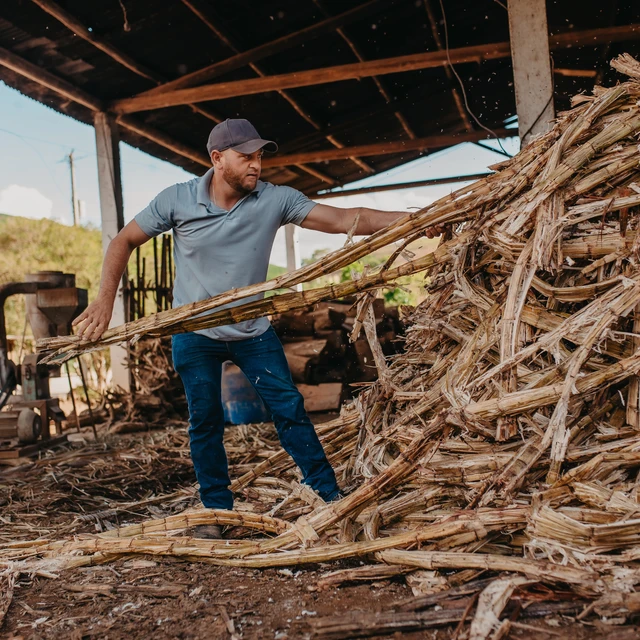
To allow enzymes to work, the lignocellulosic biomass needs to be broken down into pulp. After this pre-treatment step, enzymes can hydrolyze cellulose and hemicellulose into simple sugars. Our Cellerity® yeast technology can then ferment the resulting simple sugars into cellulosic ethanol. The sugars can also act as feedstock for biogas production and can form sustainable building blocks for other products such as green chemicals.
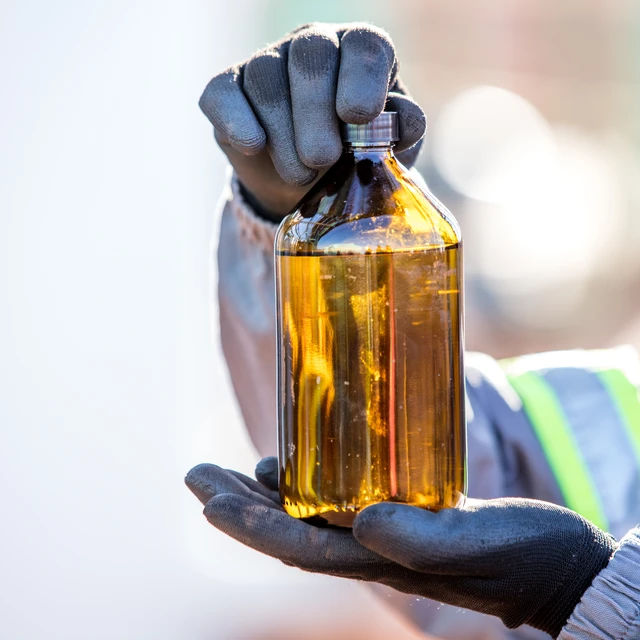
Explore our range of solutions
Want to explore our full range of biomass products?
What could this mean for your business?
Fill in the form below and we’ll be in touch.
One more step…
To complete the get in touch form or sign up, please click on the button below to enable cookies.

